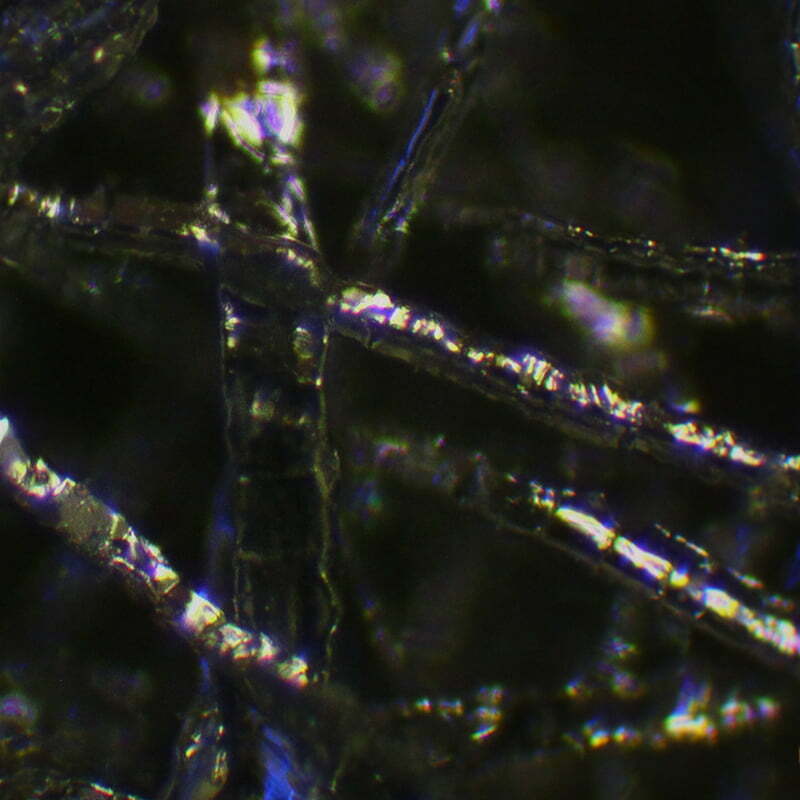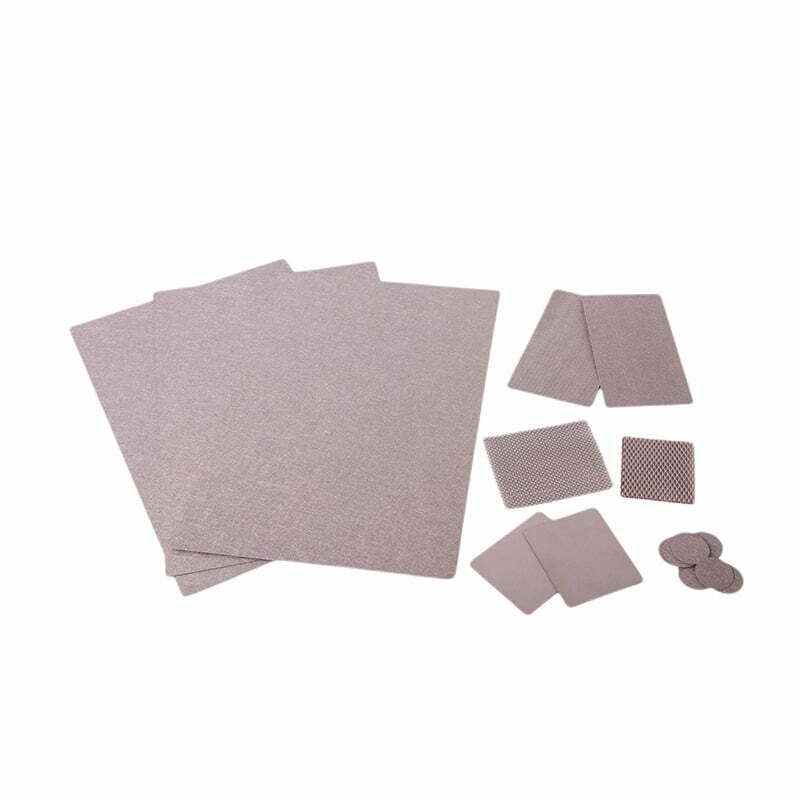Abstract A Ni metal fiber felt is recommended for use as an anode substrate in the metal hydride-nickel(MH-Ni) battery instead of foamed nickel in the development of a high capacity, high current battery. The processing of the Ni fiber felt is describe. The influence of fiber diameter and area density on the pore size, porosity. And specific surface area of the Ni fiber felt are described. After sintering under an atmosphere of hydrogen or argon, the tensile strength and elongation of the felt can be improve. The felts with different physical properties have obtained.

Preface
In recent years, with the rapid development of microelectronics industry, mobile phones, video cameras, portable computers and other electronic devices. Especially the development of large-capacity electric vehicles, there is an urgent need for high-capacity, small volume rechargeable batteries to match.
MH-Ni battery is a new type of alkaline battery develop in the past ten years. It has high capacity and no pollution compared with Ni-Cd battery.
Compared with Ni-Cd batteries, it has the advantages of high capacity and no pollution, and is known as a green battery.

However, MH-Ni batteries prepared by foamed nickel have small specific surface area, low electric capacity, low strength, low charge/discharge times (less than 500 times) , and low strength.
However, MH-Ni batteries prepared from frothy nickel have problems such as small specific surface area, low electric capacity, low strength, low charge/discharge times (less than 500 times) and short cycle life, which affect the development of MH-Ni batteries and are challeng by lithium-ion secondary batteries.
In order to improve the service life of NiMH batteries, people have researched and developed nickel fiber felt anode instead of foamed nickel as the anode active material skeleton material. It can increase the charge and discharge times of MH-Ni batteries to thousands of times. At the same time, it can resist high current shock, has good voltage stability, large electric capacity, large active material filling, high utilization rate, low internal resistance and high strength of the electrode plate. It is one of the main objects of current international electric vehicle battery development. Therefore, replacing nickel foam with nickel fiber mat has become a development direction of MH-Ni battery.
Preparation Process
In the whole process, the fiber drawing is a key step, and the preparation technology of cluster drawing adopted. Compared with melt spinning, mechanical cutting and monofilament drawing. It has the characteristics of uniform fiber diameter, easy continuous production and low cost.
The technology of cluster drawing has solved.
We have solved many technical problems in the process of cluster drawing. It is possible to produce nickel fibers with different wire diameters from 6 μm to 40 μm to meet the needs. We can produce nickel fibers with different filament diameters from 6 μm to 40 μm to meet the requirements of different performance nickel fiber felts.
The shearing of fibers is carry out on a special cutting machine. It can cut into different specifications with lengths less than 33 mm, etc., with have the characteristics of uniform shear length and high production efficiency.
The nickel fiber paved into the net by the airflow method, and the equipment used imported felt laying unit. By adjusting various complicated process parameters. The nickel fiber net is uniform and free from defects such as bundled fibers and fiber agglomerates. And the unit weight can controlled as needed.
Nickel felt performance test method
Determine the pore size of nickel fiber felt by bubble test method. The equipment adopts BMP-93A filter permeability tester, and the porosity tested by weighing method. And calculated according to equation (1). The specific surface area Sv derived
Results and Discussion
The performance of nickel fiber felt has a great influence on the performance of MH-Ni battery. It determines the loading of active material and effective utilization.
It is the key to the successful application of the technology. These properties include fiber diameter, nickel felt thickness, pore size, porosity, unit weight, tensile strength, elongation, etc.